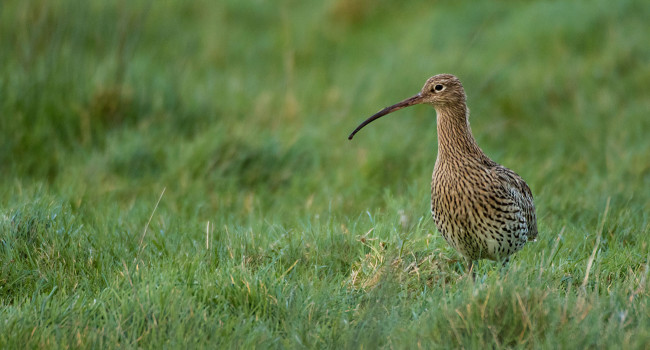Composite bird indicators robust to variation in species selection and habitat specificity

Author(s): Renwick, A.R., Johnston, A., Joys, A., Newson, S.E., Noble, D.G. & Pearce-Higgins, J.W.
Published: January 2012
Journal: Ecological Indicators Volume: 18
Digital Identifier No. (DOI): 10.1016/j.ecolind.2011.11.008
New research by the BTO has investigated the selection of species within these indicators, which was originally chosen by expert opinion. BTO scientists used BBS data to generate an objective method of species selection based on a quantitative assessment of the habitat preference of each species. They also determined the effect of changing the minimum threshold for data quality and compared trends using data from specified habitats only with those using data from all habitats. The study found that indicators based on species selected using the new objective assessment produced similar results to the original indicators based on expert judgement and were relatively robust to the habitat-specificity of the trends. The most important consideration was scarce species, the omission of which may give over-optimistic results. The methodology adopted by this study is simple and robust, and could be applied to a range of species and habitats, leading to a better understanding of our environment, and improved evidence-based conservation policies.









Share this page